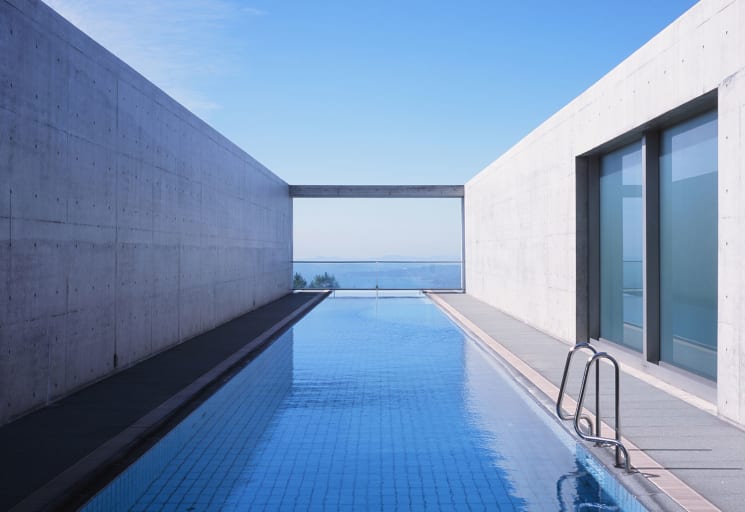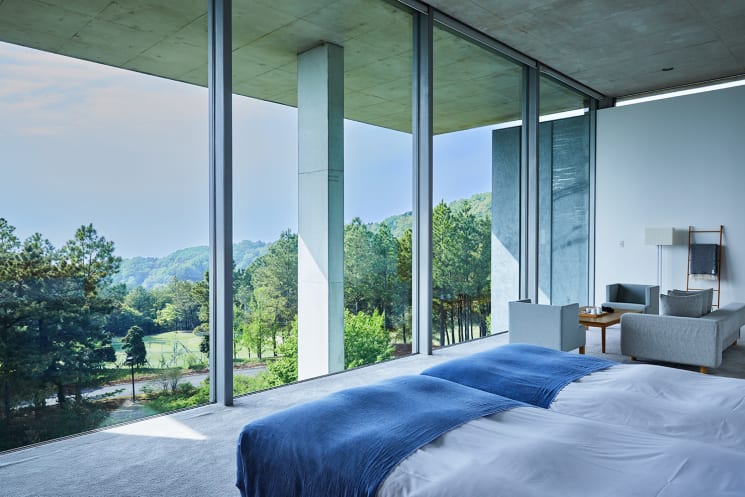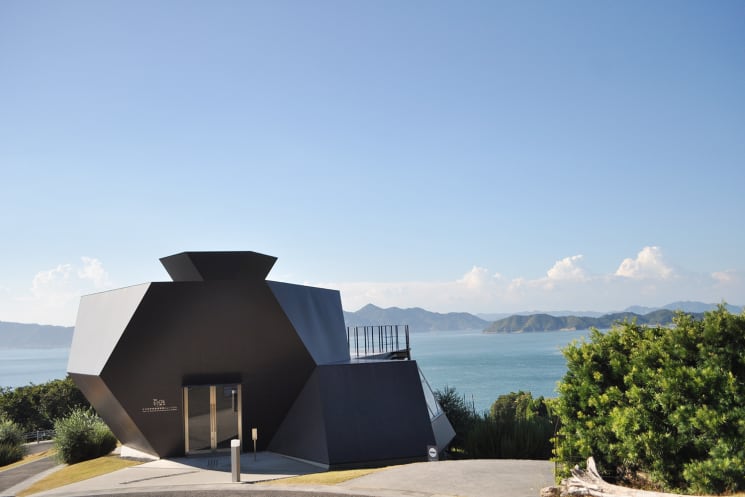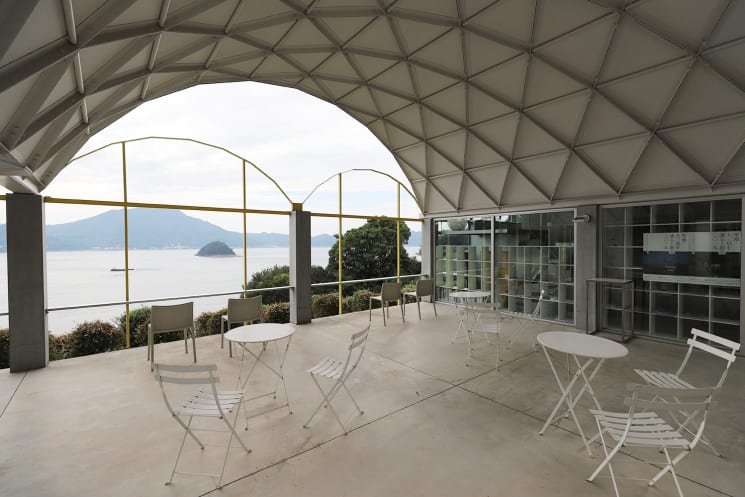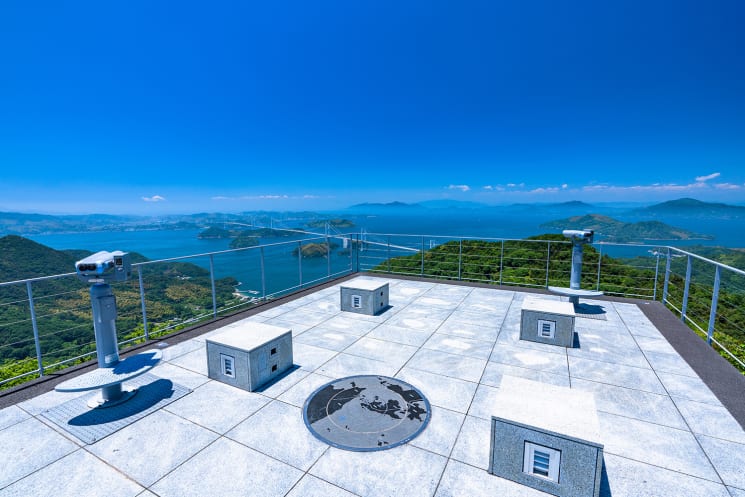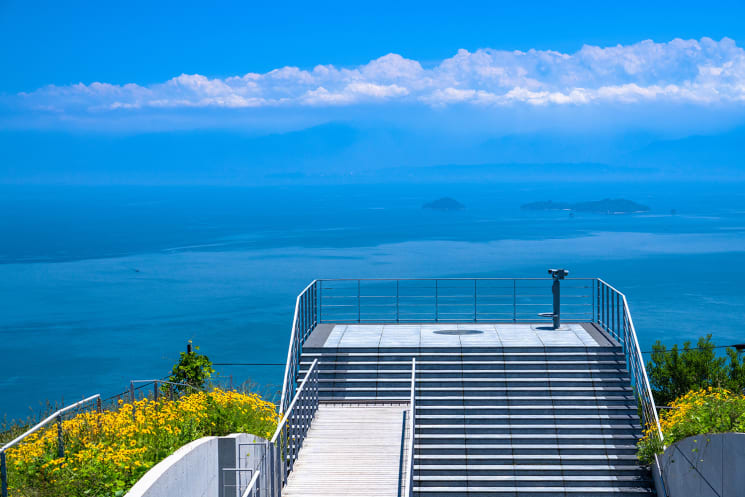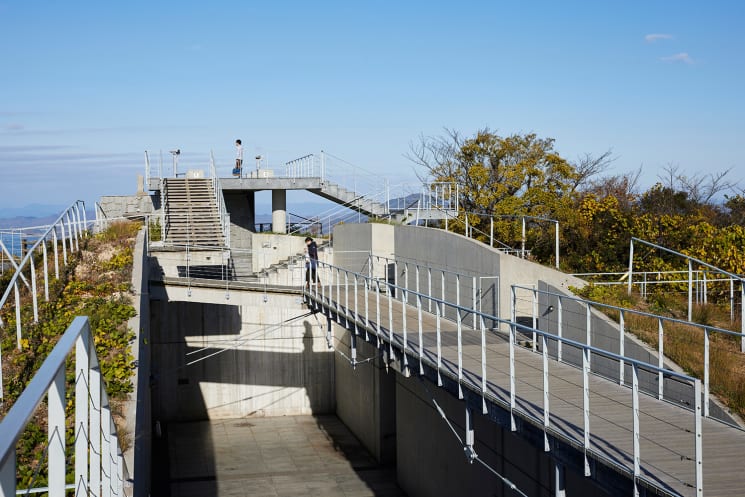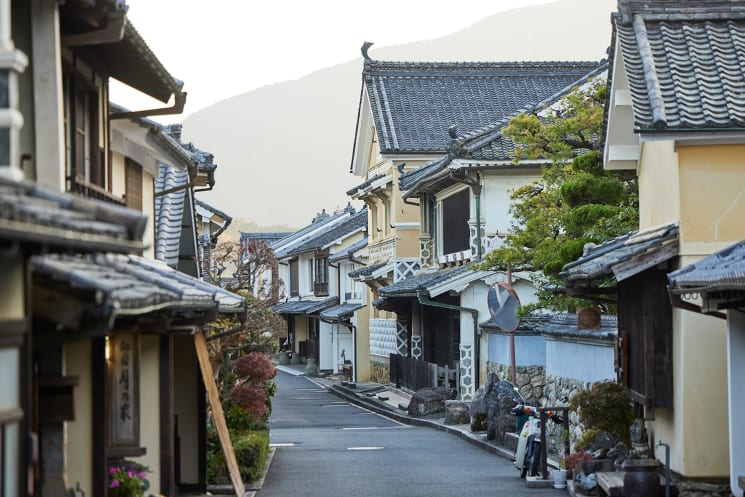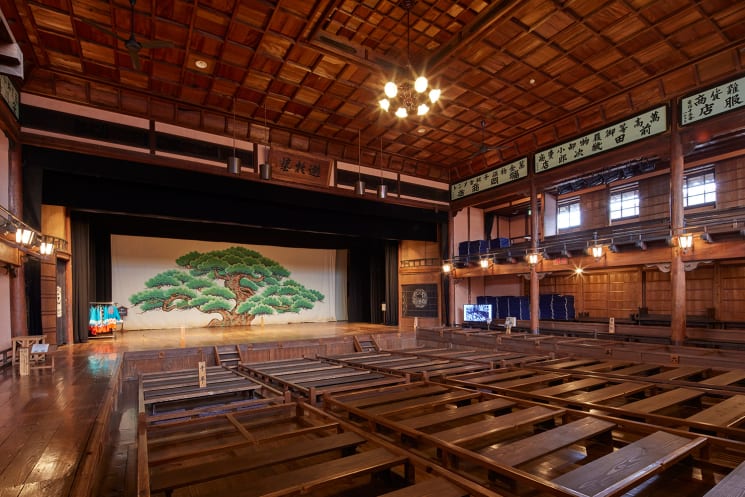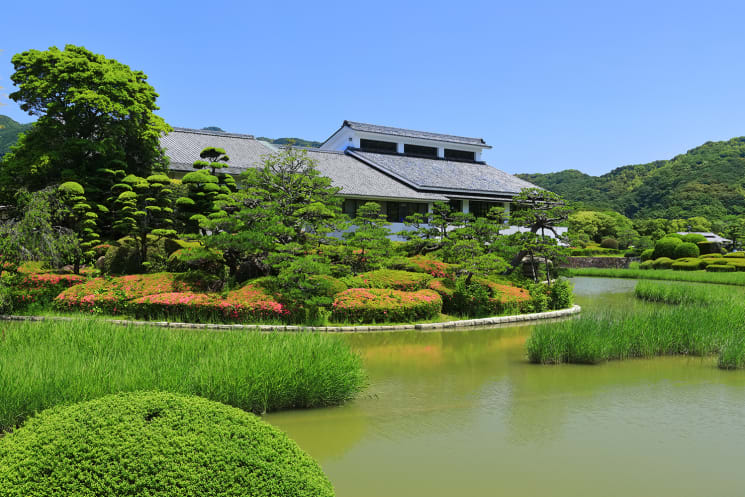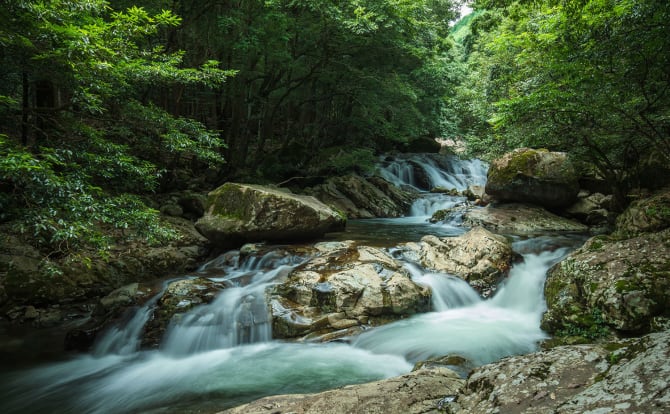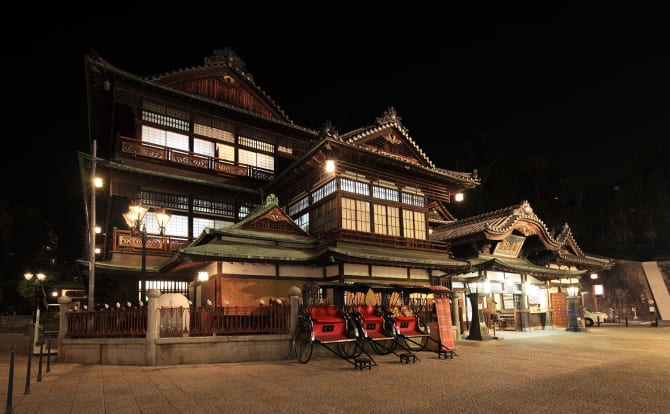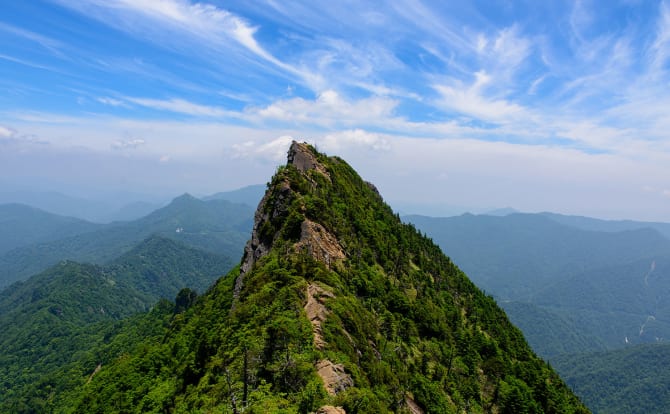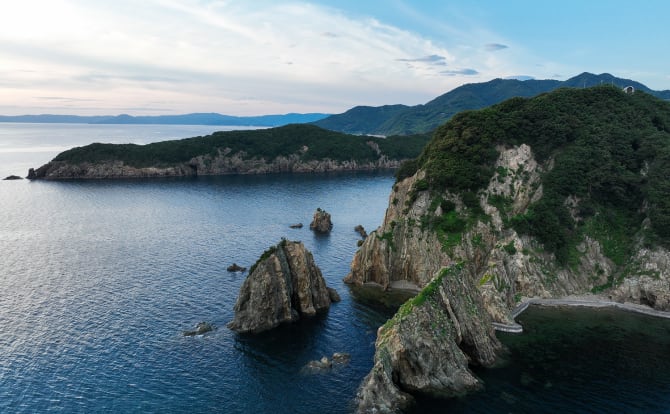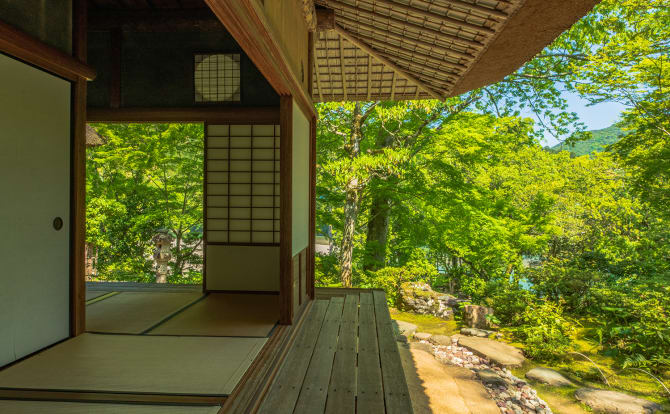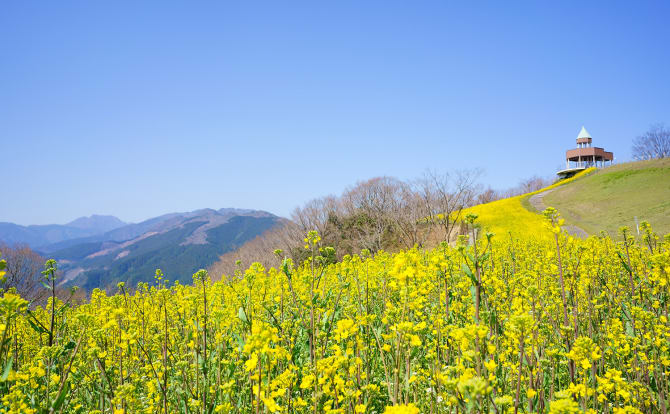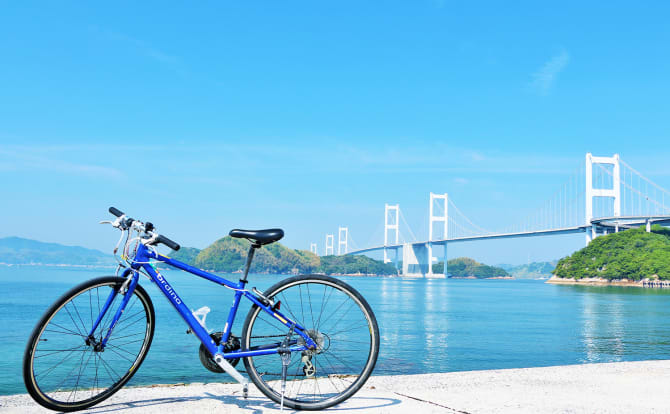 ITINERARY
ITINERARY
Ehime Cultural Odyssey: Art, Architecture, and Timeless Beauty

Recommended Length: 4 Days
Immerse yourself in a four-day journey through Ehime, exploring traditional design, contemporary art, and world-class architecture.
Ehime Prefecture, formerly known as Iyo Province, has served as a hub for trade on the scenic Seto Inland Sea for centuries. Over time, there has been a lively exchange of ideas, technology, and goods between Ehime and the country’s largest island, Honshu, as well as the western island of Kyushu. This dynamic interaction has given rise to a culture of craftsmanship and innovation. Immerse yourself in Ehime’s diverse design culture with four days of island hopping, exploring galleries, and savoring the renowned cuisine that defines the region.

Day 1
-
Ehime Museum of Art
Experience contemporary art exhibitions on castle grounds
Begin your exploration of Ehime’s art, architecture, and design in Matsuyama, the prefectural capital. The city spreads out around Matsuyama Castle and is easy to explore on foot or by tram. Ehime Museum of Art is near the castle and is a great place to begin your journey. There are some 12,000 works on rotating display, including paintings by international artists Paul Cézanne and Claude Monet, as well as local artists including graphic designer Sugiura Hisui, printmaker Azechi Umetaro, and illustrator Manabe Hiroshi.
30 min -
Setouchi Retreat by Onko Chishin
A minimalist escape with striking seascapes
Overnight in Setouchi Retreat by Onko Chishin, a luxury boutique hotel with views of the Seto Inland Sea. World-renowned architect Tadao Ando designed the hotel. In each of its seven guestrooms, superfluous details are stripped away. Smooth concrete walls and simple furnishings put the focus on the museum-quality contemporary artworks within, and the natural beauty outside.

Day 2
-
Setouchi Retreat by Onko Chishin
60 min -
Imabari Port
50 min / 30 min + 25 min -
Toyo Ito Museum of Architecture and the Tokoro Museum Omishima
Hilltop temples to architecture and art
Housed in two striking buildings on a hilltop on Omishima Island, the Toyo Ito Museum of Architecture displays illustrations and models of Ito's globally acclaimed works. The Steel Hut is composed of stacked hexagonal units. The adjacent Silver Hut is a reproduction of Toyo Ito’s Tokyo home. Nearby, the Tokoro Museum Omishima displays works by international artists including Tom Wesselman and Giacomo Manzu, alongside prominent Japanese contemporaries.
60 min -
Kirosan Observatory
Architect Kengo Kuma’s thoughtful take on a mountain observation deck
Head to the island of Oshima for architect Kengo Kuma's unique Kirosan Observatory. Kuma subverted the traditional design of an observation deck by building the observatory into Mt. Kiro instead of having it simply stick out on top of it. Visitors access the observatory through a tunnel, emerging to a series of observation points. Views of Mt. Ishizuchi and the Kurushima Kaikyo Bridges that span the Kurushima Strait are presented like works of art.
15 min / 60 min -
GLAMPROOK Shimanami
Enjoy glamping with priceless views
GLAMPROOK Shimanami is a luxurious glamping resort near the Kurushima Kaikyo Bridge on Umashima Island. It offers cocoon-like tents with private decks providing unobstructed vistas of the Seto Inland Sea. While the “tents” have all the modern comforts, hotel suite rooms are available for those seeking a more traditional stay. Meals at the resort make the most of the abundant local seafood.

Day 3
-
GLAMPROOK Shimanami
1 hr 30 min -
Uchiko
Explore the timeless charm of a historical town
The town of Uchiko prospered as a center of wax production until the late nineteenth century. Stroll the well-preserved historic district, lined with examples of architecture from the Edo period (1603–1867) to the Taisho era (1912–1926). Many of the houses have distinctive yellow wattle-and-daub walls made from local yellow mud. Visit the grand Uchiko-Za theater which was built in 1916 to host Kabuki performances. The theater is a two-story wooden building with a gabled roof, and a number of the glass window panes are original. Tour the backstage areas to see the features that helped bring performances to life, including hidden trap doors and a revolving stage.
7 min / 30 min -
Auberge Uchiko
Indulge in luxurious accommodations and fine cuisine
After a leisurely day exploring the historical houses, museums, and cafes in town, check into Auberge Uchiko for the evening. The accommodations are a series of private villas, blending traditional and modern Japanese styles. Likewise, the cuisine is a fusion of French techniques and local ingredients, and each dish is arranged like a work of art.

Day 4
-
Auberge Uchiko
60 min / 2 hr 20 min -
Nanrakuen Garden
A traditional strolling garden on a grand scale
Nanrakuen Garden in the city of Uwajima is about an hour south of Uchiko by car. It is the largest Japanese garden in Shikoku, with ponds, meandering paths, bridges, and groves of flowering trees covering some 15.3 hectares. Each season draws attention to a different facet of the garden, from the plum trees that bloom in late winter to the beds of irises that flower in early summer. Events in the park also follow the seasons, including moon viewing in September and art and poetry in November.


